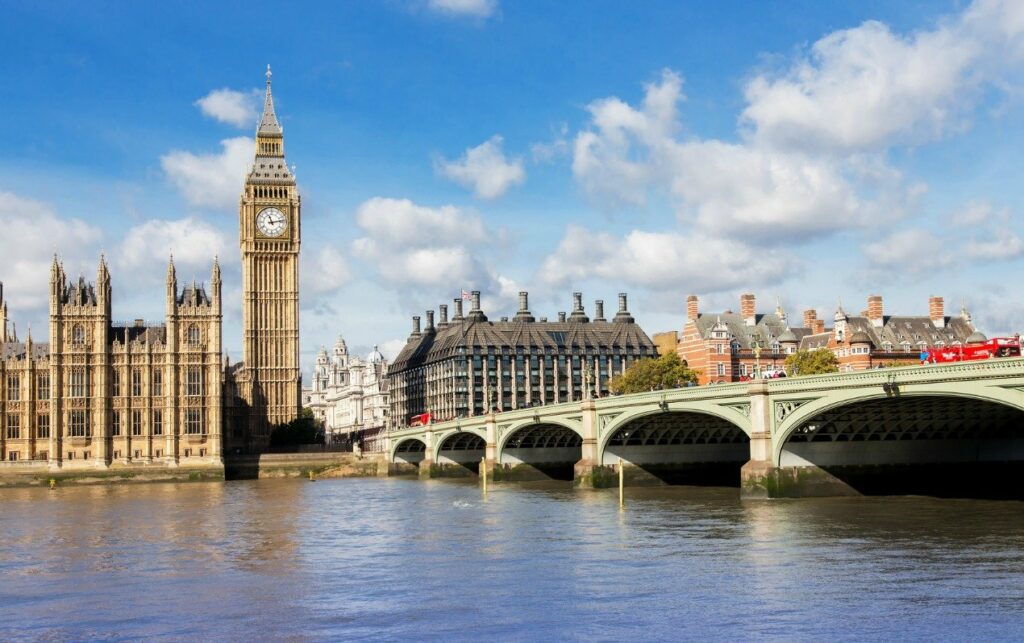Last month Ottawa had its 120th consecutive day with a high at or above 17°C. It’s the longest run in 100 years. Which sounds like evidence. But there are three longer runs, in records going back to March 3, 1872, and they’re 1921, 1911 and 1874. Why? This question, and the temperature record set in BC this summer, got us pondering the question of Canadian temperature records more generally. And here’s something worth noting. In Wikipedia’s list of extreme temperatures in Canada by province or territory, the all-time highs for every prairie province date back to the 1930s (Alberta, Manitoba and Saskatchewan). The same is true of New Brunswick, Nova Scotia, PEI and Ontario (two places, though tied with a third which was in 1919). In Quebec it’s 1921, as it is in Newfoundland and Labrador (if Labrador were in Quebec, as some people there seem to think, then it’s 1976 for truncated Newfoundland). In Nunavut it’s 1989 and in Yukon 2004. In BC and the Northwest Territories it’s 2021. Get the picture? Right. There is no picture.
We do note that the record lows in Canada seem to have been set a while ago, ranging from 1884 in PEI to 1975 in NL. So perhaps there was something resembling warming in the 20th century. But it’s risky to go poking around for things that might support a theory afterward and discarding anything that doesn’t.
For instance, why did September 1951 see a record for one-day rainfall in Oxford, UK that was only surpassed once, in… 1968? And why did Ottawa just have its “wettest Oct. 16 since records began in 1872”? Honestly it might be for no reason at all other than that weather fluctuates just the way everyone always believed until someone convinced us that a temperature increase too small to be measured without sophisticated tools, and certainly too small to be noticed without looking at them, has turned the world on its head?
If you go rummaging around you can find odd stuff. For instance another Ottawa statistic: On Oct. 19 we ended a streak of 159 days with a maximum temperature at or above 12°C. Which put us in 8th place, hardly a distinguished spot. And while it was described as “just 10 days behind the record”. But 10 days is a fairly big slice of a year. And the seven longer streaks took place (in ascending order) in 2013, 1933, 1901, 1903, 1921, 1982 and 1998. So did anyone think this particular metric was important before it happened?
If you do think short runs are statistically significant, it’s worth noting that the planet has been cooling since 2016 and is expected to continue to do so into 2022 as the 2016 El Nino fades. The UAH satellite temperature series does show, for instance, that September 2021 was warmer than a typical September in the last 30 years by more than August was. And it continues to show gentle warming, on the order of 0.14°C per decade since 1979. But it’s far from obvious that the trend since the turn of the century is anything at all.
In order to handle statistics properly, it’s important to understand concepts like “If the Earth has been warming naturally since 1850, as the IPCC believed in 1990 (see AR1 WG1 Chapter 7 p. 202), it stands to reason that the last five years would be among the hottest on record… not just today, but in 1970, 1930 and 1900. It’s also important to realize that if the various supposedly authoritative temperature series keep changing the past, and always in the direction of cooling the past and warming the present, something suspicious is going on.
Meanwhile, stand by for weather. There’s more where it came from.


